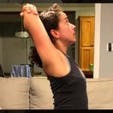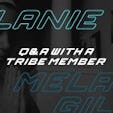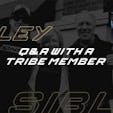If you’ve watched Onnit’s commercials, Instagram and YouTube content, or Onnit 6 workout videos, you’ve seen the world through Preston Maddox’s eyes. As Onnit’s Lead Videographer, he’s responsible for capturing the moments that show our brand best, without sacrificing its authenticity. It’s a delicate balance for this former rock musician and movie buff with a love for fitness and personal development, and he’s about to give you an insider’s guide to how it’s done.
Maddox spoke to Onnit’s Director of Fitness Education, Shane Heins, to tell his Onnit Story, the latest in an ongoing series where we do live interviews with people who have made inspiring life changes since discovering our brand. Watch the interview below, or see the edited transcript of the highlights, time-stamped so you can find these moments in the video.
You can stay up to date with Onnit Stories by following Onnit’s Instagram TV (IGTV), where a new one appears every other week.
Preston Maddox Show Notes
4:30 – From Steak Tips To Motion Pics
Preston Maddox: I started at Onnit three years ago. One of their videographers was looking for help with video, and at that point in my life, I really wanted to focus on getting back into video and photography. So when that opportunity opened up with Onnit, I was like, “This is awesome.” I started by editing [founder of Onnit] Aubrey Marcus’ podcast.
The first clip that I worked on was Ben Greenfield talking about the best way to make a steak. I had to condense 10 minutes of steak methods into one minute, so I learned a lot about how to edit audio and video and condense a narrative and make it all sound natural.
From there, I did a documentary about some college athletes that were training at Onnit to go pro, and then I got into doing camera work. There’s so much you need to know about lighting, proper angles, the right lens to use, and how to make things look good, and I grew into that role. Now Onnit has these directors who tell me what they want for a video. I go and create it, and then they tell me if it’s good enough [laughs].
7:45 – Preston’s favorite things to shoot
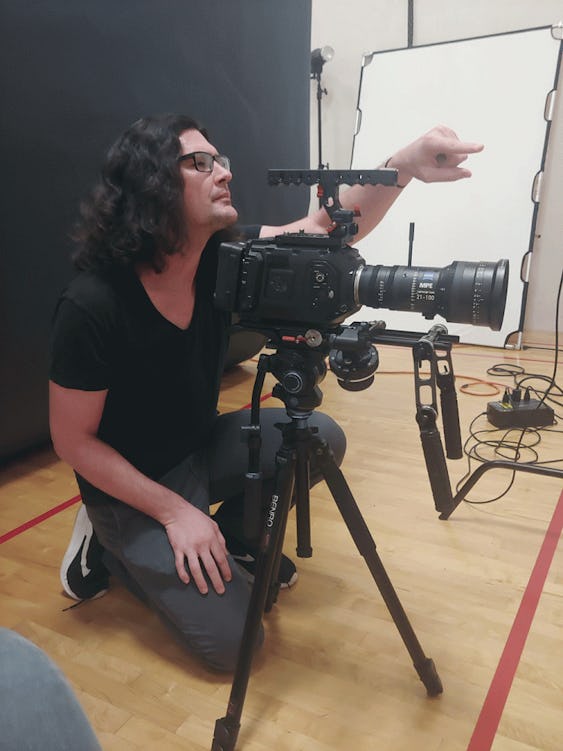
The lifestyle content for the Onnit 6 workout videos is my favorite to make. They’re the most challenging videos for the camera to shoot—trying to follow a person’s movement with a kettlebell and really land those shots. Sometimes the directors just throw stuff at me to see if I can do it, and then I have to rise to the challenge. I love that we film the real coaches who work at Onnit and the people who train here. It gives a level of authenticity to the video that I really respect and appreciate.
Most companies go by how they want to present their brand, and they might hire professional models for their videos to do that. But Onnit just represents it as what it is. We don’t have casting calls or actors, or try to get The Rock to appear for us—although that would be cool [laughs]. So, if you’re listening, Dwayne Johnson, let us know!
But it’s generally easier to work with people who know Onnit and what we do here. They know the exercises already. I’m very impressed by the coaches and pros who have done these Onnit 6 videos for us. How they’re able to do these moves for hours and hours on end so we get the video we need. They might be throwing a kettlebell around all day, and then I ask them to get a few more reps, and they always do, nailing the shot each time. Our fans should know that Onnit doesn’t do it the traditional way. Traditionally, you put out a casting call and then you hope you get people who can do what you ask, and sometimes it works and sometimes it doesn’t.
15:00 – Shane and Preston talk about how shooting workouts made Preston fitter
Shane Heins: We ask people to do challenging movements for the exercise videos, but that also requires you to contort your body to be able to capture them.
Preston Maddox: Shooting some of these workouts is like doing a steel club workout by itself. I’m filming with a camera that’s 10 or 12 pounds, and I’m basically doing the move the model is doing along with that person in order to film it. Shooting like that made me realize I needed to be more fit myself in order to shoot those moves smoothly. So the camera doesn’t make it look jittery. That makes it easier editing the video later.
So I started training mobility to be able to move better. I discovered that I was strong in some areas of my body but not in others, and I had to learn how to reconnect those areas. I talked to John Wolf [Onnit’s Chief Fitness Officer] about this, and he explained it like a software and hardware thing. A lot of times, the hardware is functional, but the software is not, so you need to update the software. I’ve worked a lot of stuff from the Onnit 6 Durability program to improve my movement skills. That gave me the software update that I needed so all the parts function properly at the same time.
18:30 – How movies influenced his videography style
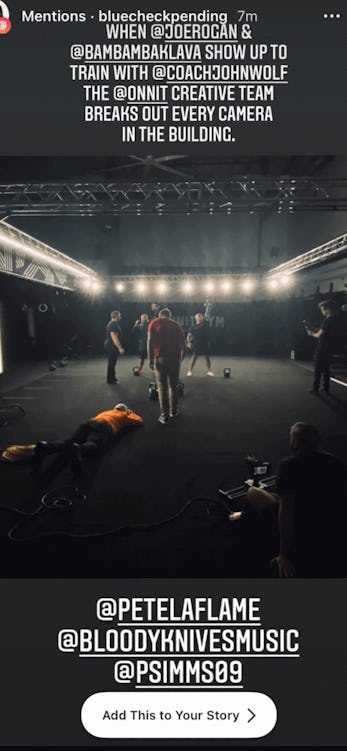
We started trying to shoot some of the workout videos from overhead, because I’m a big Spike Lee fan, and Spike Lee always has overhead shots, or God’s angle views, in his movies. You can see those in our steel club Onnit 6 workout promos, and our last Black Friday video.
There’s always a certain emotion and a certain visceral quality that you want to get across when you’re shooting. It’s not as simple as just filming the move. You’re also filming the person’s own personal journey, in a way. If you’re filming in someone’s backyard, you’re trying to make it feel like more than just somebody’s backyard, because it is more than that—it’s their special workout sanctuary. It’s where the person goes to work on their dream, and you want to portray that in the video. You want it to look just slightly better than reality, because that’s how it feels when you’re working out. Getting that kind of feeling conveyed, I think, is just as important as showing the exercise properly.
25:15 – On music
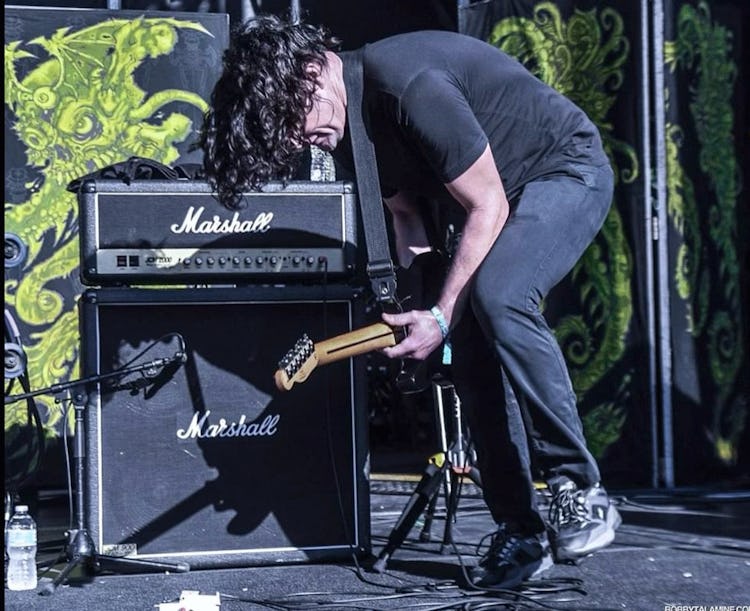
If you see a really bad image, but it has outstanding audio along with it, it’s cool. But if you see a great image that has terrible audio, people will turn it off. So your audio has to be really good. Having a background in music taught me that, and it made me a better videographer.
I think the skill that’s transferred over from my live music playing that would be the least obvious to people is having live show experience. When you’re playing live, you can’t stop. If you have a problem, you have to fix the problem right then, and you also have to plan for the problems you’re going to have, because the show must go on. You can’t say, “Hold on. Let me figure out if my amp works.” You just don’t have that kind of time.
Being on a shoot is the same thing. If I have a problem with the camera or some sort of technical thing, I need to have a solution. You don’t want to risk losing the vibe of the shoot while you stop to fix something. Getting ready for band tours, I had to get organized. “Do you have all your cables? Do you have all your pedals?” It’s the same thing with camera stuff. “Do you have all your lens filters? Do you have the camera? Do you have the batteries?”
32:10 – The power of humor in professionalism
People who don’t take their work seriously make me think, “What are you here for? Do you really not want to be as good as you can be?” But what I really like about working at Onnit is that we take the work seriously but we don’t take ourselves too seriously doing it. And that’s generally how people who are good at what they do act. It’s rare that I’ve met somebody at the top of their profession that took themselves super serious.
It’s important to care, but you also want to have fun too, and if you’re too serious all the time, it’s not fun. If you’re too serious making video, that will come across in the video. So I think one of the most important things about being on set is that everybody has fun and feels good—about themselves, and about what they’re doing. I like getting most of the work done before we even show up for the shoot, so that we can let the good times roll when we start shooting, and everybody is free to do what they’re good at.
35:50 – How to be Onnit
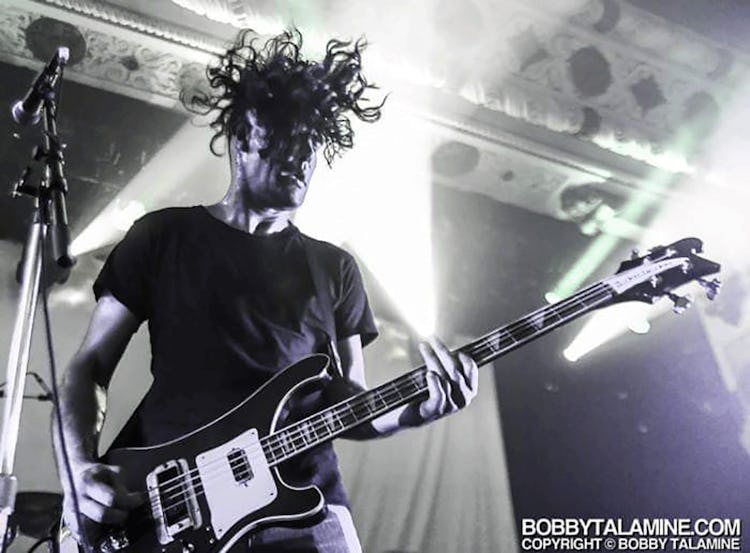
Onnit is an inclusive community. I feel like a lot of fitness companies are exclusive, or they’re branded in that way. They show all these super fit people selling the brand, and you have to clear some bar to be part of their community, but I don’t feel that that’s the case with Onnit. I feel like the only bar to clear is interest. “Do you want to do this? OK. Well, here you go.” Or, if you’re not ready yet, that’s cool. There are ways to build yourself up to where you feel ready. One thing that brings everybody into Onnit is the idea that you can start at the level that you’re already at.
I feel like a lot of times people focus on an end goal, and I think that’s missing the point in a way, because there is no end. Getting there is a constant journey. Any time I accomplished a goal, no matter how great it was, it was not enough. Realizing a goal has always been a bit of a let down, because it’s like, “Oh, crap, the journey’s over now, and I need to find another thing to go and do.”
You have to learn to enjoy the progress you’ve already made along the way. If I’m ever discouraged in any way, I just look back to where I was a year ago, and I see how much progress I’ve made, and that ends up making me feel really good. With any goal, the point is to do it, period, and then to see the benefit that you got from having spent the time doing it.
44:50 – Preston’s favorite supplements
The two that I take religiously are Creatine and Glutamine. I also take Total Human®, and sometimes the Key Minerals, if I’m working out a lot and sweating. Glutamine can be very helpful for the gut, and creatine can help extend the amount of time I work on an exercise, which helps develop muscle. I track everything with a Whoop tracker, and mine has confirmed that these supplements are helping.
46:15 – Preston’s favorite food products
I can’t do Protein Bites anymore because I eat too many of them. They’re just too tasty. But, for people who can control themselves, I would recommend the Protein Bites.
48:50 – Fitness tools
If I had to pick a desert-island fitness tool, I’d have to go with the kettlebell, just because you can do so much with it, and you only need one to work all kinds of stuff. But if I had to pick my favorite piece of exercise equipment, I’d probably pick the steel clubs, because with the clubs, I can adjust the intensity of the workout just with my hand placement. That gives me a really great workout for my forearms and wrists that I can’t get as much from the other tools. The little five-pound clubs are great for Durability, or any other mobility work you might do on your rest day.
51:00 – Digital content
I have trouble committing to a program in general. It’s really hard for me to start at Day One and then stick to it all the way through. So I do the Onnit in 30 workouts more than the Onnit 6. The Onnit In 30 stuff is very focused. If I want to do kettlebell work, or mobility, or bodyweight, that’s available to me with the Onnit in 30 workouts. I know immediately how much time it’s going to take—30 minutes—and that’s appealing.
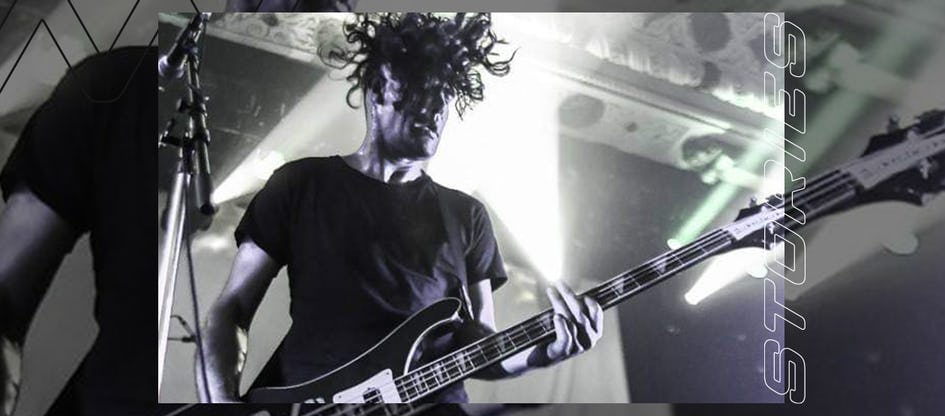
)
